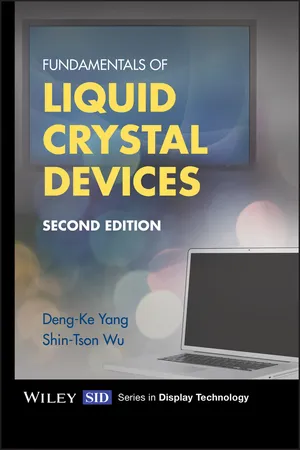
- English
- ePUB (mobile friendly)
- Available on iOS & Android
Fundamentals of Liquid Crystal Devices
About This Book
Liquid Crystal Devices are crucial and ubiquitous components of an ever-increasing number of technologies. They are used in everything from cellular phones, eBook readers, GPS devices, computer monitors and automotive displays to projectors and TVs, to name but a few. This second edition continues to serve as an introductory guide to the fundamental properties of liquid crystals and their technical application, while explicating the recent advancements within LCD technology. This edition includes important new chapters on blue-phase display technology, advancements in LCD research significantly contributed to by the authors themselves.
This title is of particular interest to engineers and researchers involved in display technology and graduate students involved in display technology research.
- Key features:
Updated throughout to reflect the latest technical state-of-the-art in LCD research and development, including new chapters and material on topics such as the properties of blue-phase liquid crystal displays and 3D liquid crystal displays; - Explains the link between the fundamental scientific principles behind liquid crystal technology and their application to photonic devices and displays, providing a thorough understanding of the physics, optics, electro-optics and material aspects of Liquid Crystal Devices;
- Revised material reflecting developments in LCD technology, including updates on optical modelling methods, transmissive LCDs and tunable liquid crystal photonic devices;
- Chapters conclude with detailed homework problems to further cement an understanding of the topic.
Frequently asked questions
Information
1
Liquid Crystal Physics
1.1 Introduction

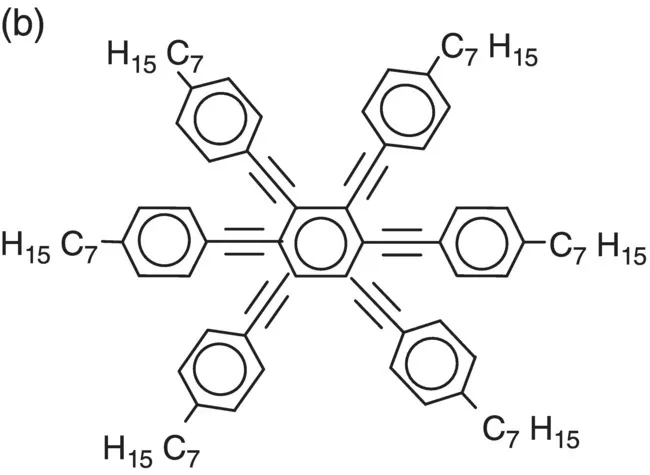
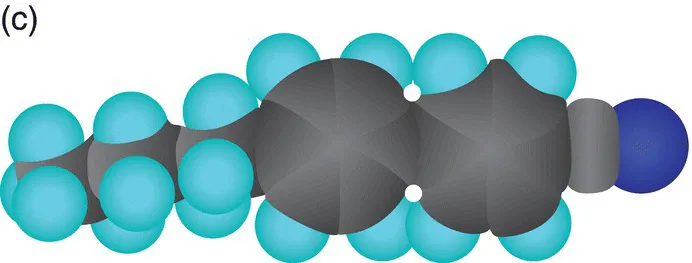

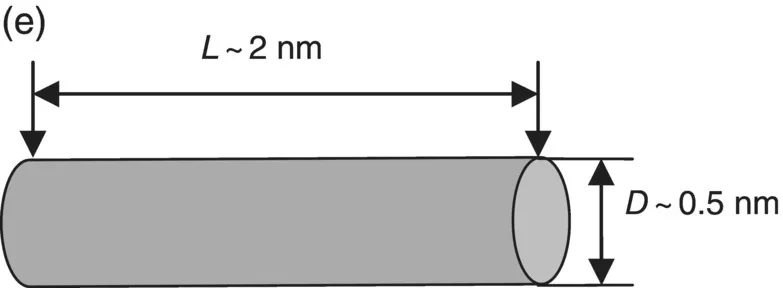
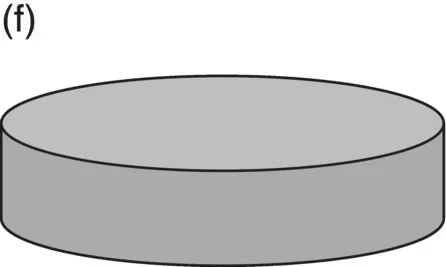
Table of contents
- Cover
- Wiley-SID Series in Display Technology
- Title page
- Copyright page
- Series Editor’s Foreword
- Preface to the First Edition
- Preface to the Second Edition
- 1 Liquid Crystal Physics
- 2 Propagation of Light in Anisotropic Optical Media
- 3 Optical Modeling Methods
- 4 Effects of Electric Field on Liquid Crystals
- 5 Fréedericksz Transition
- 6 Liquid Crystal Materials
- 7 Modeling Liquid Crystal Director Configuration
- 8 Transmissive Liquid Crystal Displays
- 9 Reflective and Transflective Liquid Crystal Displays
- 10 Liquid Crystal Display Matrices, Drive Schemes and Bistable Displays
- 11 Liquid Crystal/Polymer Composites
- 12 Tunable Liquid Crystal Photonic Devices
- 13 Blue Phases of Chiral Liquid Crystals
- 14 Polymer-Stabilized Blue Phase Liquid Crystals
- 15 Liquid Crystal Display Components
- 16 Three-Dimensional Displays
- Index
- End User License Agreement